Cucumber plants are a popular addition to many home gardens, but they can encounter issues that affect their leaves' health and appearance. One common problem is the development of white spots on cucumber leaves. Whenever you see these white spots crawling over the leaves, a big chance is that it’s caused by powdery mildew, though in a few cases, it might also be infected with certain pests.
In the following content, we’ll dive deeper and see what’s to blame for white spots on plant leaves. More importantly, you’ll know how to treat it properly to rescue the cucumber.
Table of Contents
Why Are My Cucumber Leaves Turning White?
In case you don’t know, powdery mildew is a common fungal disease that affects many plants, including cucumber leaves. It is characterized by the development of white, powdery spots or patches on the upper surfaces of leaves, stems, and sometimes even fruit. The common reasons why your cucumber leaves turning white involves improper watering, fungal pathogen, high humidity, moderate temperatures, and susceptibility.
Next, we'll have a thorough explanation of what causes white spots on cucumber leaves:
The Cucumber is Overwatered
Excessive moisture around the roots can cause the leaves to turn pale, yellow, or white. This is because the over-watered plants are prone to fungal diseases like powdery mildew, which manifests as a white powdery coating on the leaves. On the other hand, insufficient water can cause the leaves to wilt, dry out, and turn white or gray.
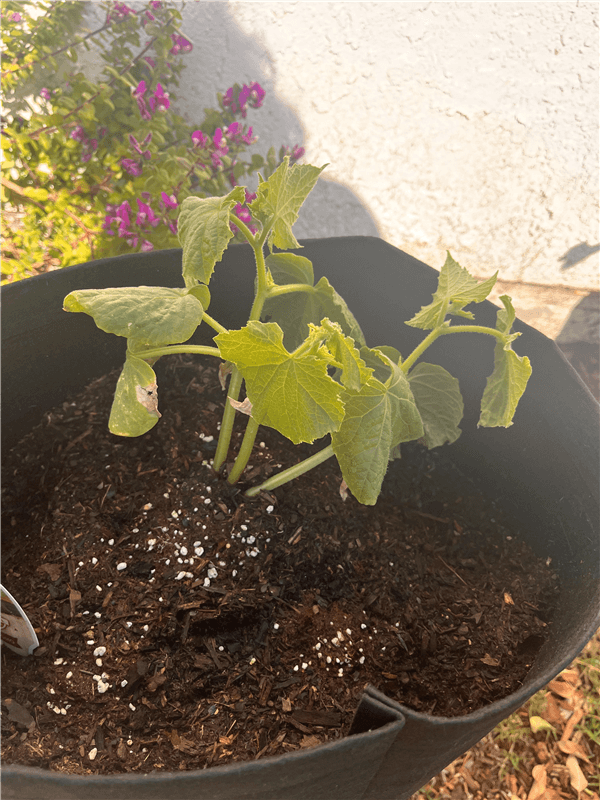
What Do Overwatered Cucumbers Look Like
Fungal Pathogen
Powdery mildew on cucumber leaves is primarily caused by fungal pathogens belonging to the genera Podosphaera and Golovinomyces. This is a fungal disease that appears as powdery mildew on cucumber or gray coating on the leaves. It thrives in warm, humid conditions and can spread quickly. Treating with a fungicide and improving air circulation around the plants can help.
High Humidity
Powdery mildew thrives in moderate to high humidity levels, typically in the range of 40% to 100%. The fungus does not require free water on plant surfaces, making it different from many other fungal diseases.
Moderate Temperatures
The optimal temperature range for powdery mildew development is between 60°F and 80°F (15°C to 27°C). It can occur in slightly cooler or warmer conditions, but growth is slowed outside this range. If you are growing plants in a grow tent, the grow room temp and humidity can play a vital role.
Susceptibility
Cucumber plants are particularly susceptible to powdery mildew, especially if they are grown in conditions that promote the disease. Varieties with dense foliage and those planted too closely together may also be more prone to infection due to reduced air circulation. So, maybe it’s not your fault but the species is being bad.
How to Treat Powdery Mildew on Cucumber?
After diagnosing powdery mildew, remedies to fix the white spots on cucumber leaves include the following:
Utilize Fungicides
Employ fungicides specifically designed for controlling powdery mildew. When using fungicides, follow the manufacturer's recommendations and guidelines for application. Fungicides can help reduce fungal growth and halt the spread of the disease. However, if you opt for more organic approaches to cure the cucumbers, the following alternatives are worth considering:
- Mix the baking soda and water to create a solution. Spray this mixture on both sides of the cucumber plant's leaves. The baking soda raises the leaf's pH levels, creating an environment less conducive for powdery mildew spores to thrive.
- Create the milk-water mixture and spray it onto your cucumber plants. Studies suggest that this treatment can hinder the growth of powdery mildew and can be as effective as fungicides. Repeat this treatment every five to seven days until the white spots are no longer visible.
- Neem oil is a natural and organic option for managing powdery mildew. It can be effective in reducing fungal growth when applied according to instructions.
Pruning and Removal
Remove Infected Leaves: When powdery mildew is detected, you should promptly remove infected leaves or plant parts. This not only helps reduce the spread of the disease but also improves the plant's overall health.
Additionally, prune or thin out dense foliage to improve air circulation within the cucumber plants. This can deter the development and spread of powdery mildew.
You May Also Be Interested in: How to Prune to Increase Yield
How to Prevent Powdery Mildew?
It’s hard to revert white spots back to green. Still, there’s always something you can do to prevent it from happening again to your cucumber plants. Here are some effective strategies to prevent powdery mildew:
Plant Spacing
Proper spacing between cucumber plants is crucial. Adequate spacing allows for better air circulation, which can decrease humidity levels around the plants and inhibit powdery mildew development.
Proper Watering
Water your plants in the morning to allow the foliage time to dry during the day. Avoid overhead watering, as wet leaves can promote the growth of powdery mildew. Besides, you may want to consider using drip irrigation or soaker hoses to water your plants at the soil level. This method keeps the foliage dry and reduces moisture on leaves.
Mulch Your Cucumber Plants
Apply a layer of organic mulch, such as straw or wood chips, around the base of your plants. Mulch helps maintain consistent soil moisture and prevents soil from splashing onto leaves.
Bonus: Is It Safe to Eat Powdery Mildew Cucumbers?
Cucumbers from plants with powdery mildew are generally safe to eat. Powdery mildew primarily affects the leaves, stems, and sometimes the fruit's outer surface, but it does not typically penetrate the interior of the cucumber. So yes, you can eat the cucumber and not get poisoned.
Conclusion
White spots on cucumber leaves can be caused by a variety of factors, including diseases, pests, and environmental stress. Identifying the specific cause is crucial for implementing the right solution. Regular inspection, proper care, and timely action can help keep your cucumber plants healthy and productive. If problems persist, consider seeking advice from local gardening experts or extension services to tailor your approach to your specific growing conditions.





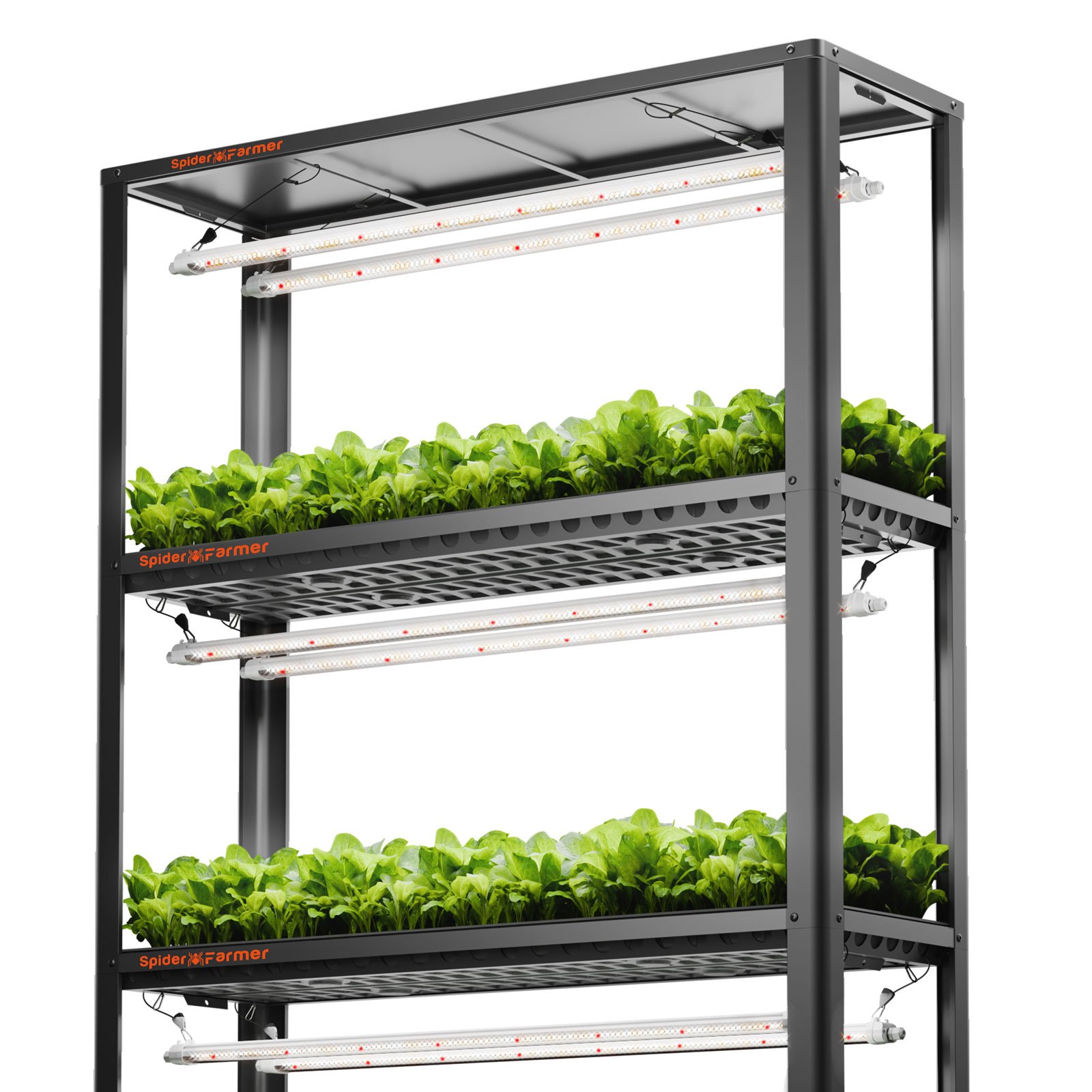
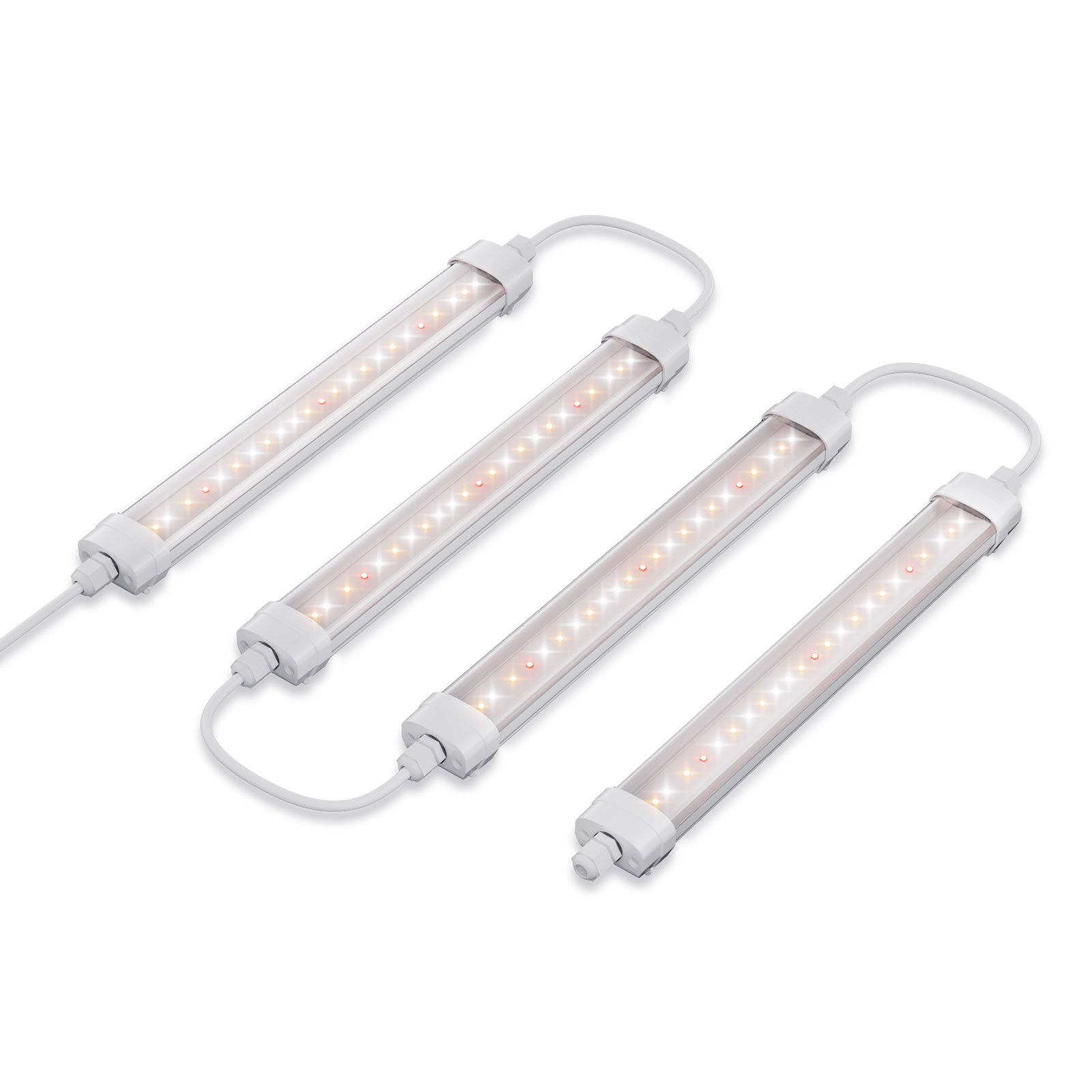


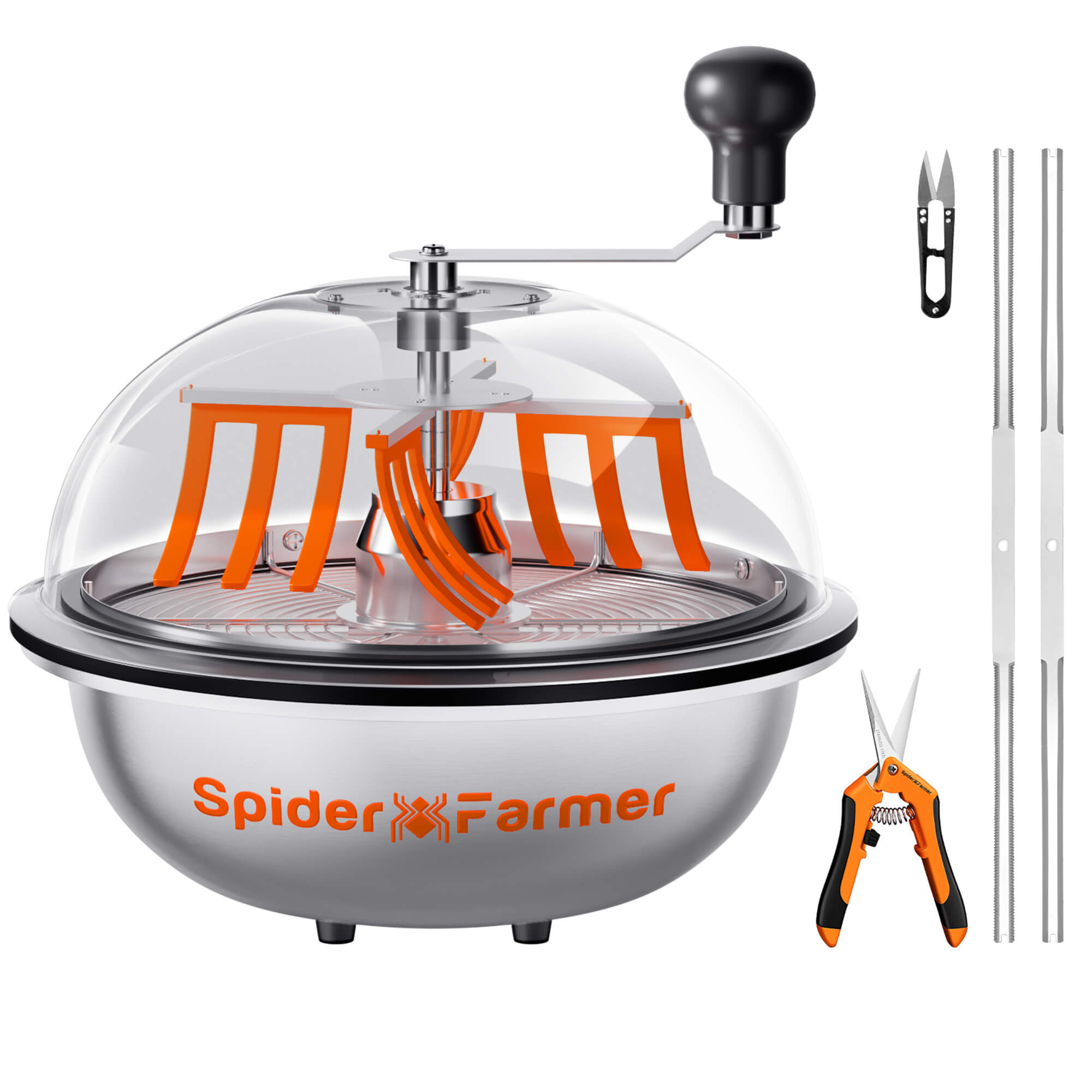
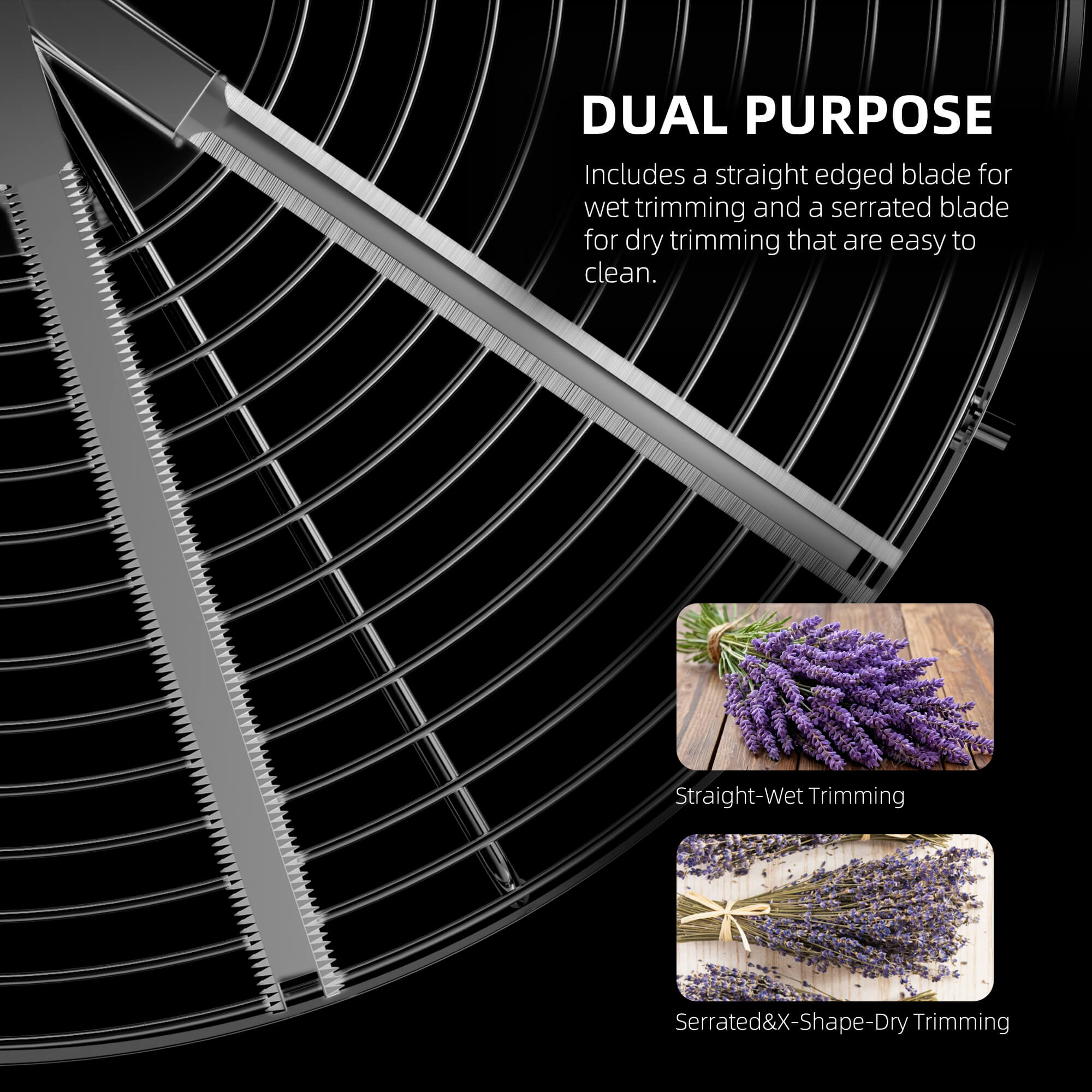




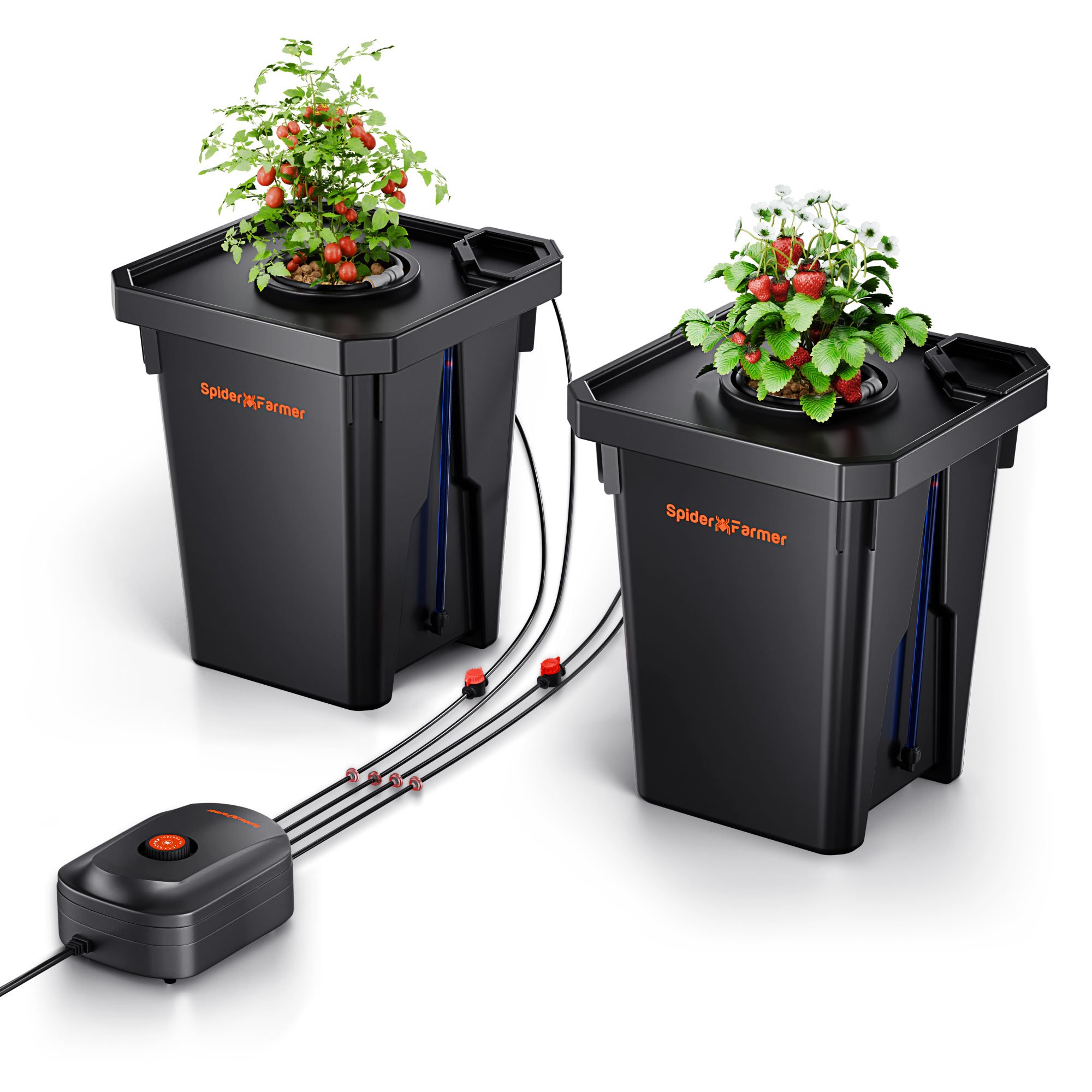
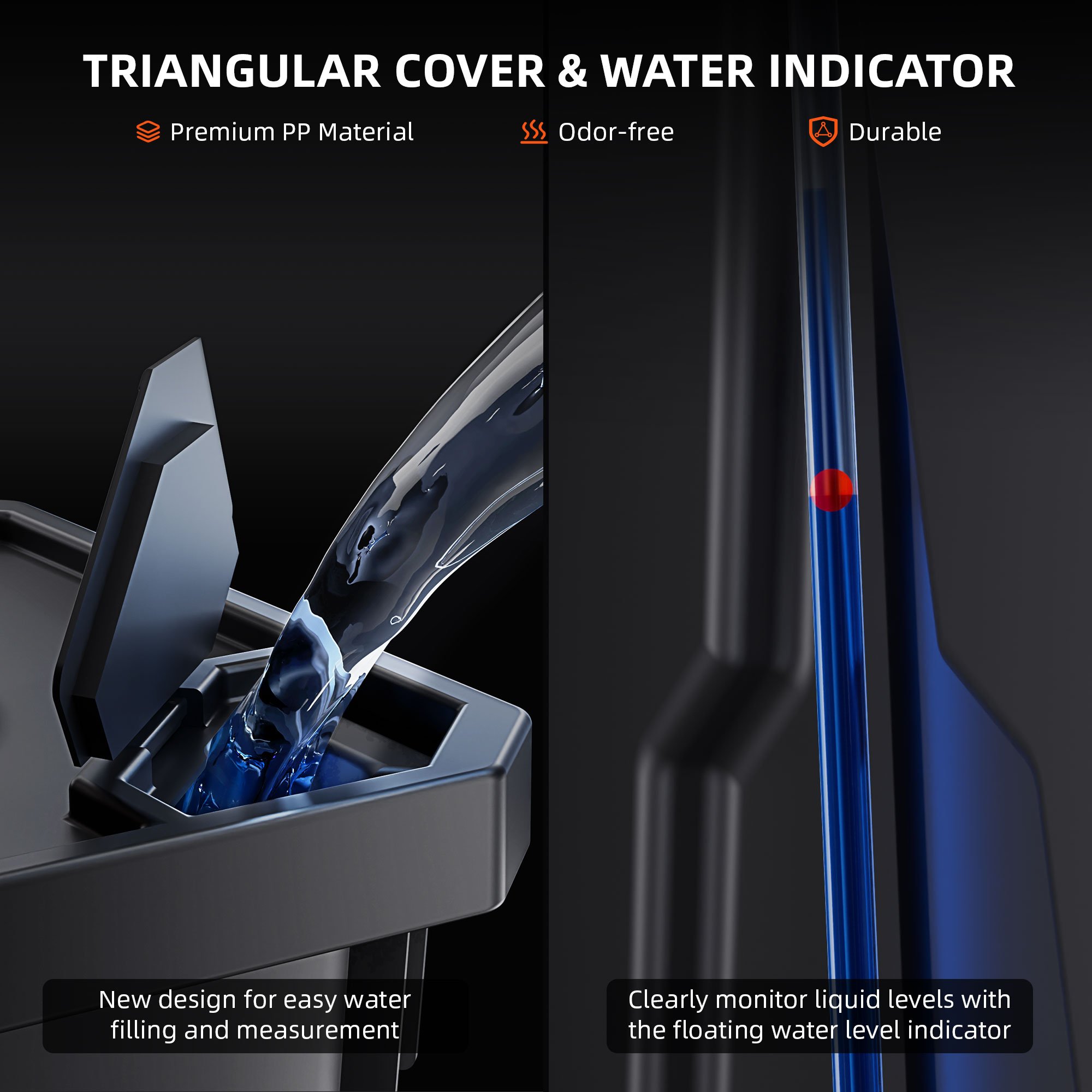
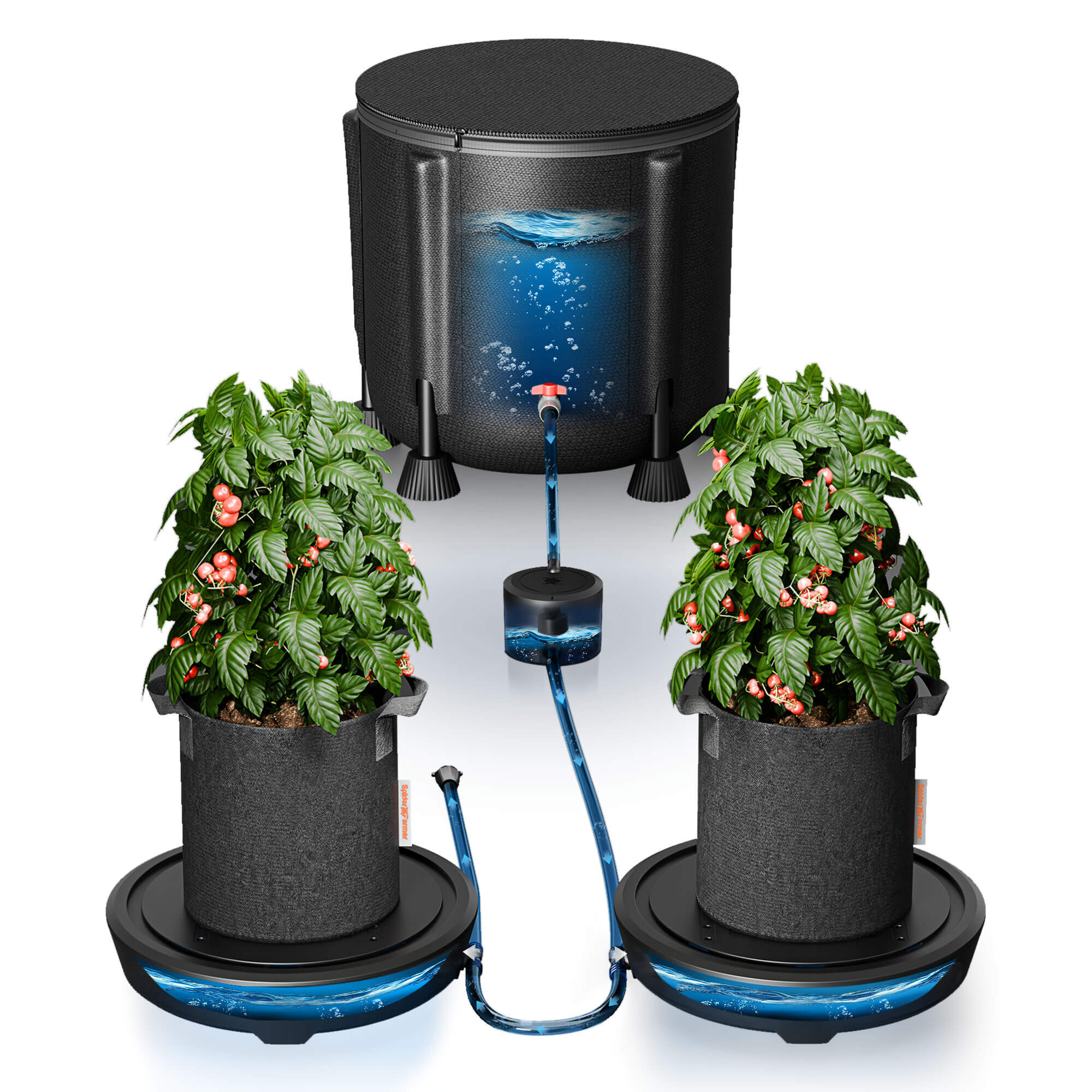
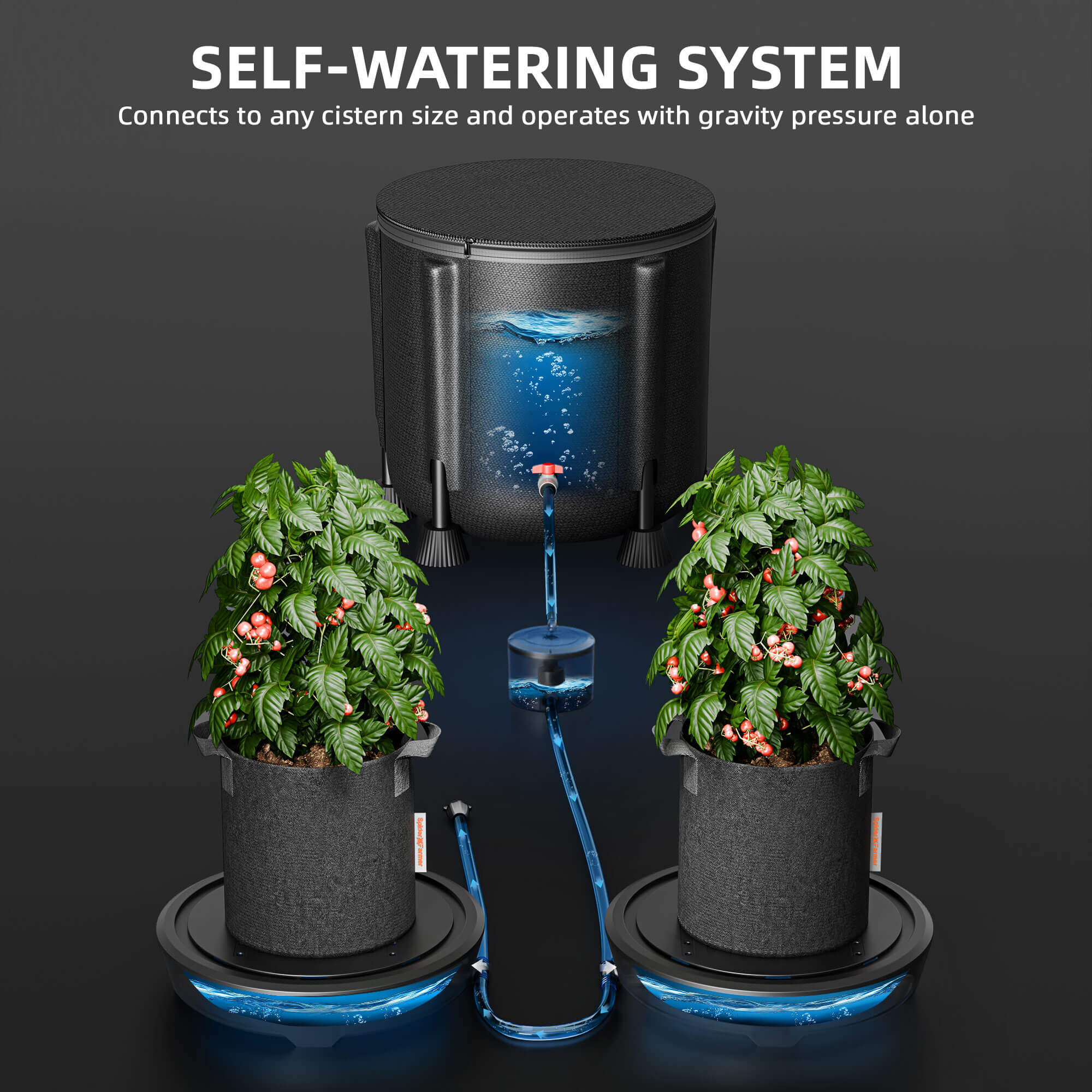


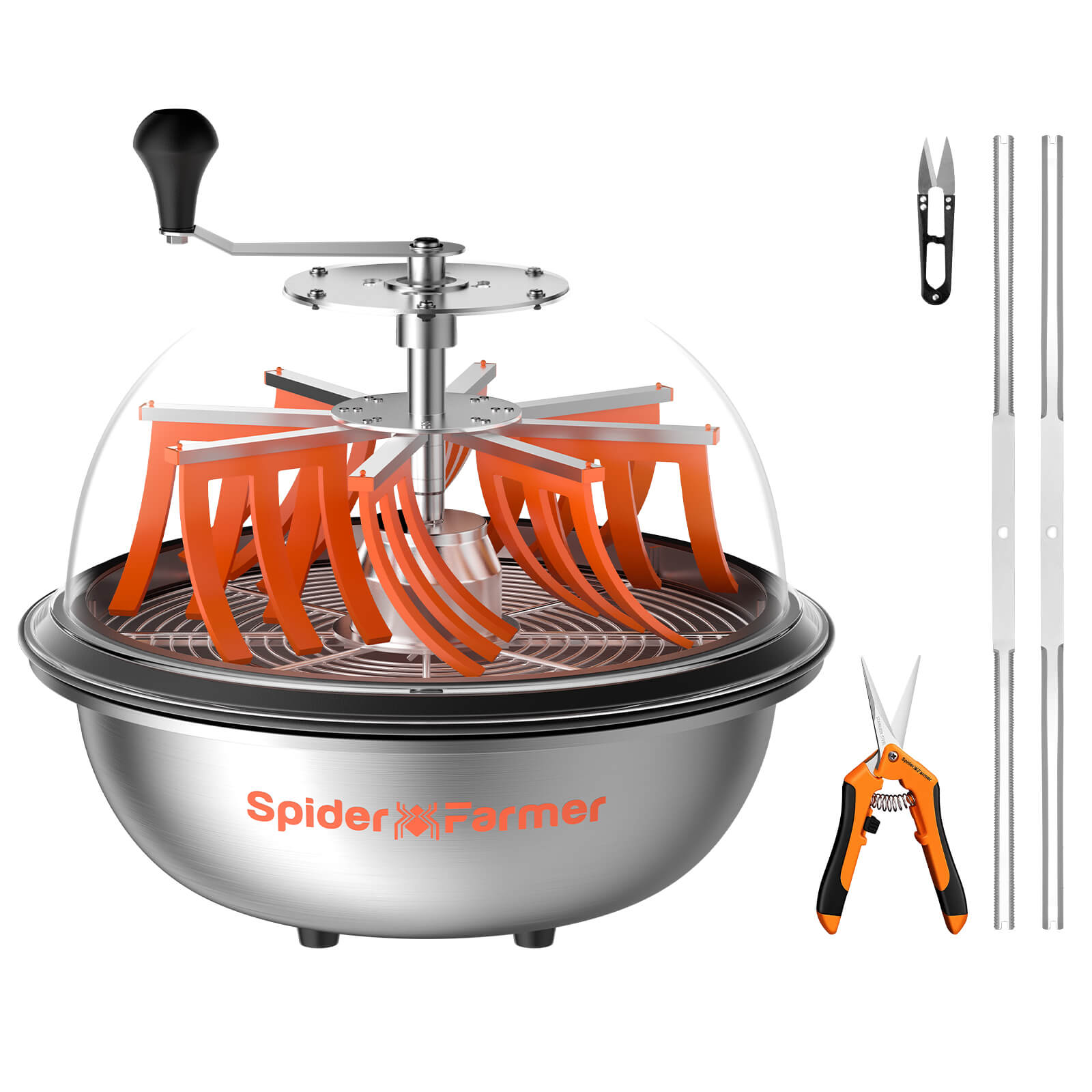


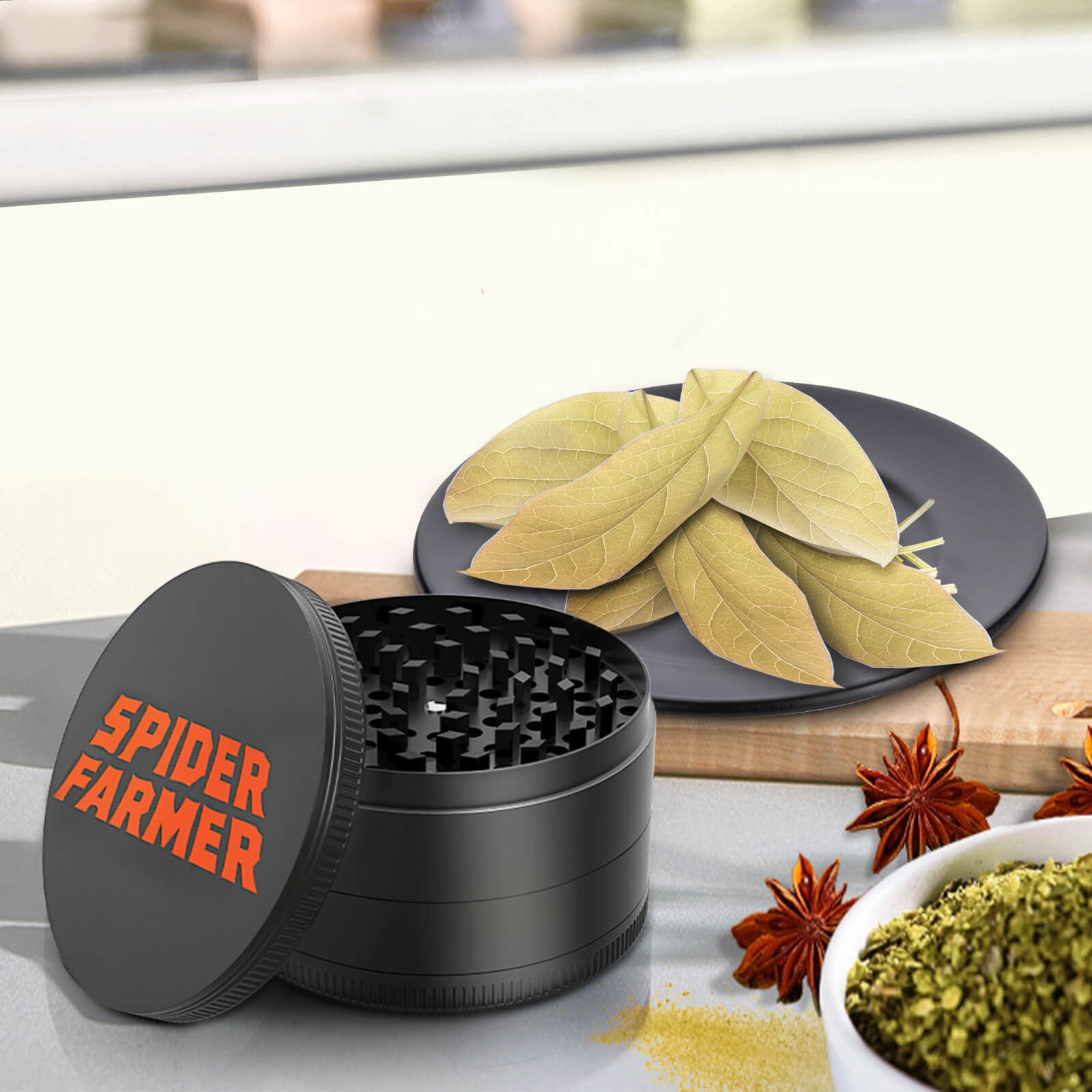

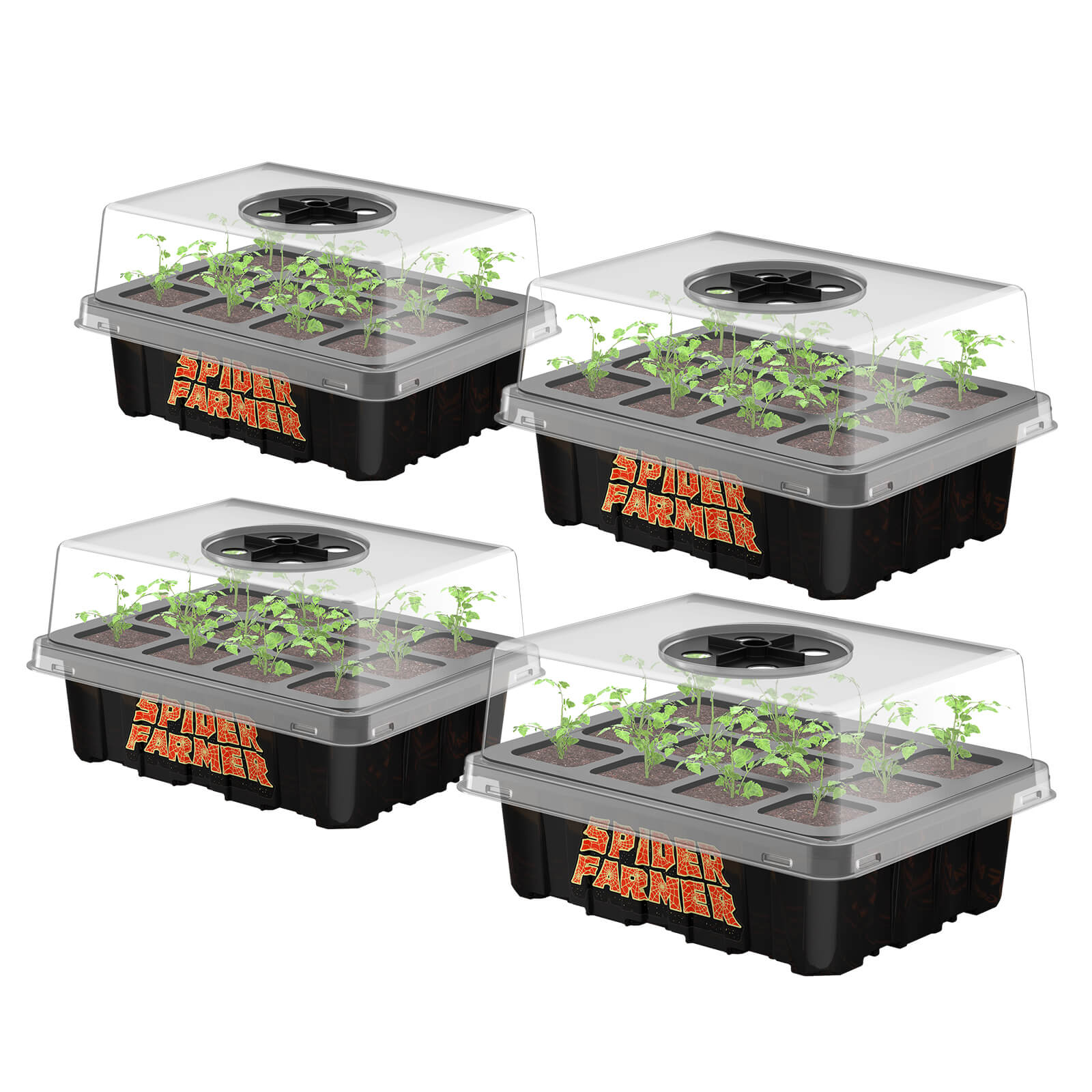


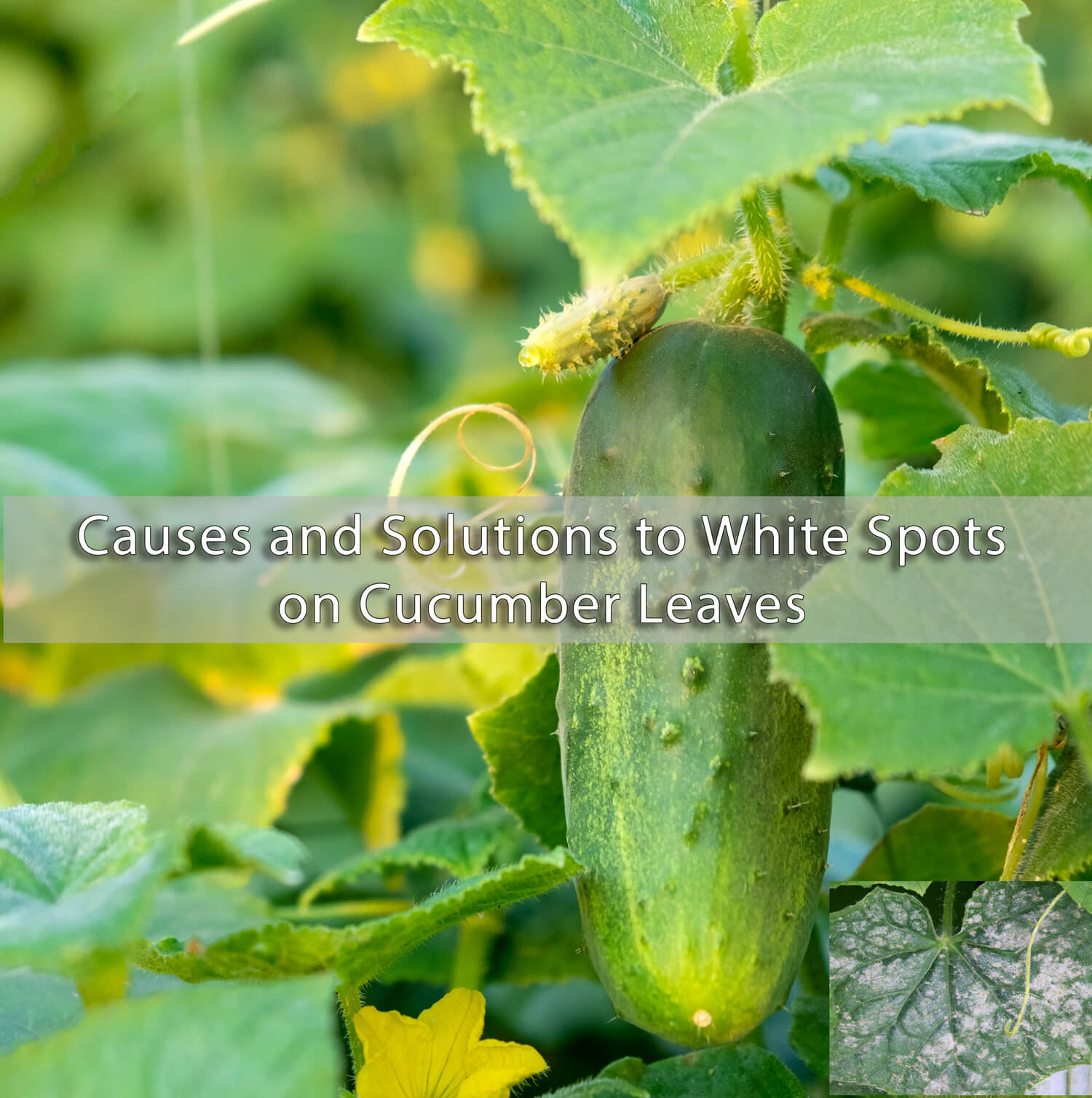
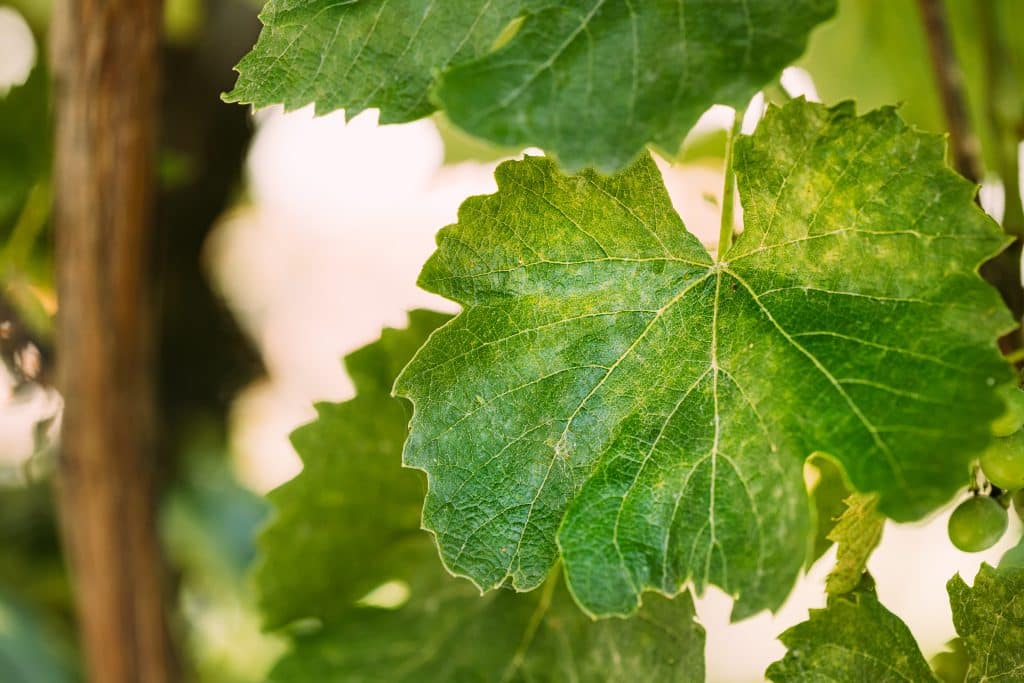


Thank you, that was very informative.
What is potassium bicarbonate. How do I aquire it to help my cucumber leaves?